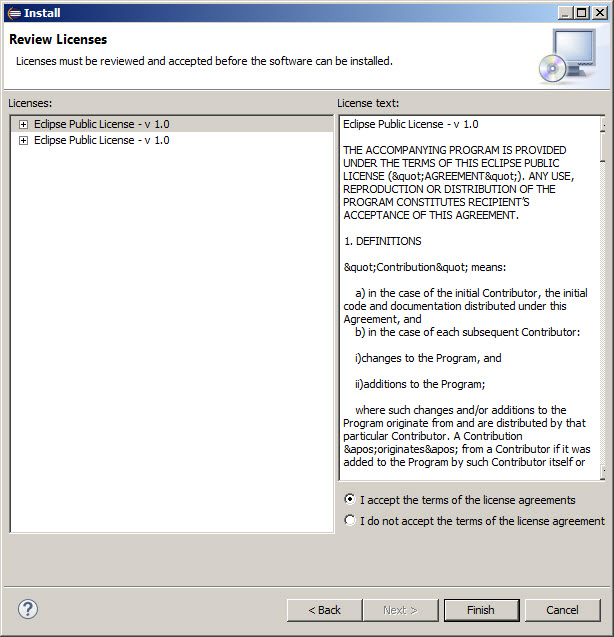
The Moon begins to enter Earth's umbra and the partial eclipse begins. The Moon begins to dim, but the effect is quite subtle. The Moon enters the Earth's penumbra, the outer part of the shadow. In 1892 a partial lunar eclipse lasted three hours and 26 minutes, in 1511 one lasted three hours and 27 minutes. In May 1956 a partial eclipse lasted three hours and 24 minutes, just four minutes less than the one due on Friday, according to NASA. In November 1974 there was a partial lunar eclipse that lasted three hours and 14 minutes, and one in May 1979 that lasted three hours and 18 minutes.

The partial lunar eclipse in July 2019 lasted just under three hours and one from June 2010 lasted two hours and 43 minutes. The moon entered Earth's penumbra pre-shadow) at about 06:00, the umbra (shadow) 76 minutes later and leaving penumbra at 12:03 GMT (07:03 ET). When this happens it is known as a micro moon, or the opposite of a super moon. On Friday the moon and Earth were at their furthest points, and are perfectly aligned. How far away the moon is from the Earth, how far away the Earth is from the sun, and how closely aligned the sun, Earth and moon are at that point. The entire eclipse, from the first moment the Earth's shadow begins to cover the moon, was six hours and two minutes, the longest since February 18, 1440. It also depends on where the Earth is in its elliptical orbit of the sun. The duration of the eclipse depends on a number of factors, including where the moon is in its elliptical orbit of the Earth. When this filtered starlight reaches the moon, it comes through as red and orange, causing the moon to appear redder than usual during the eclipse.

This acts to filter out bluer wavelengths of light.

It’s as if all the world’s sunrises and sunsets are projected onto the Moon.ĭespite the sunlight being blocked by the Earth's shadow, it bends around the Earth and travels through our atmosphere. The more dust or clouds in Earth’s atmosphere during the eclipse, the redder the Moon will appear. The blue light from the Sun scatters away, and longer-wavelength red, orange, and yellow light passes through.ĭuring a lunar eclipse, the Moon turns red because the only sunlight reaching the Moon passes through Earth’s atmosphere. But when the Sun is setting, sunlight must pass through more atmosphere and travel farther before reaching our eyes. When the Sun is overhead, we see blue light throughout the sky. Red light travels more directly through the atmosphere. Light travels in waves, and different colours of light have different physical properties.īlue light has a shorter wavelength and is scattered more easily by particles in Earth’s atmosphere than red light, which has a longer wavelength. The same phenomenon that makes our sky blue and our sunsets red turns the Moon red during a lunar eclipse. Meanwhile, it wasn't visible at all in Africa or the Middle East. Those in western Asia, Australia and New Zealand missed the early stages, while people in South America and Western Europe missed the later stages. Your location on the planet determins how much of the eclipse was visible, as it depends on the time of moonset and moonrise. Moonwatchers won't have to wait long for another show - there will be a longer total lunar eclipse on November 8 next year, NASA said.

While this was the longest partial lunar eclipse, total lunar eclipses are longer. This made it the longest partial eclipse since 1440, when Johannes Gutenberg invented his printing press, and it won't be as long again until 2669. 'It's as if all the world's sunrises and sunsets are projected onto the Moon.'įrom the moment the eclipse began - when the Moon entered the Earth's shadow - to when it ended took more than three hours and 28 minutes. 'The more dust or clouds in Earth's atmosphere during the eclipse, the redder the Moon will appear,' a NASA website explained. The red colouring is caused by a phenomenon known as 'Rayleigh scattering', where shorter blue lightwaves from the Sun are dispersed by particles in the Earth's atmosphere, whereas the longer red lightwaves pass through the particles.


 0 kommentar(er)
0 kommentar(er)
